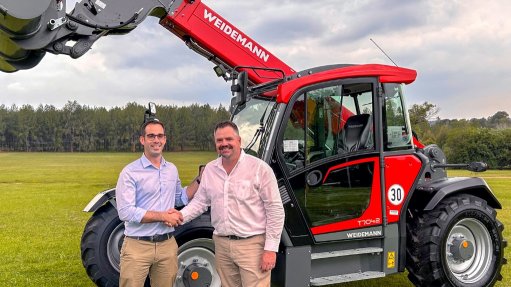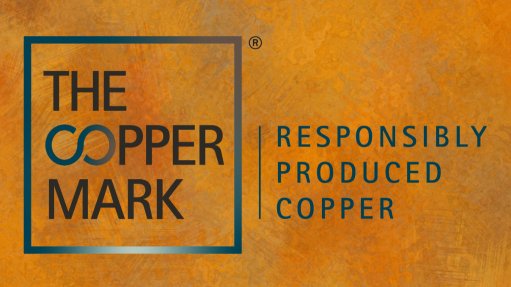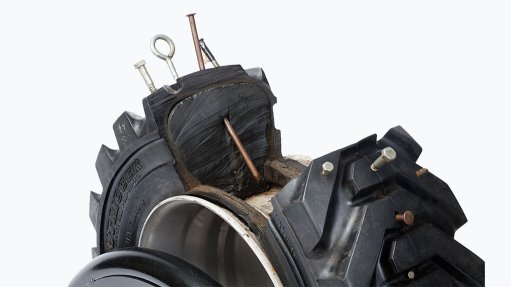Company Announcement: Make sure your machinery is running in top form; follow these tips from SKF for proper alignment and maintenance
This article has been supplied.
A major part of keeping equipment running smoothly involves regular monitoring and maintenance to ensure the machinery is properly aligned and lubricated. Misaligned shafts and belts on rotating equipment can dramatically increase the risk of costly, unplanned downtime. Misalignment can also damage seals and couplings and lead to subsequent lubrication problems. Correcting shaft or belt misalignment is the only way to forestall future seal failure and associated loss of lubricant.
When shafts or belts are improperly aligned, it increases the amount of stress on the units, potentially resulting in a range of problems that can have a direct impact on a company’s bottom line:
• Increased friction, which leads to excessive wear, excessive energy consumption, and the likelihood of equipment breaking down prematurely
• Excessive wear on bearings and seals, resulting in premature failure
• Premature shaft and coupling failure
• Excessive seal lubricant leakage
• Failure of coupling and foundation bolts
• Increased vibration and noise
To help prevent these potential problems, SKF offers the following tips and suggestions:
• There are basically two kinds of shaft misalignment: parallel (or offset) misalignment and angular misalignment. With parallel misalignment, the center lines of both shafts are parallel to one another, but they are offset. In angular misalignment, the shafts are at an angle to one other. You need to consider both possibilities when checking for misalignment.
• Don’t rely solely on visual inspection to check alignment. Dial indicators are somewhat more accurate, but don’t provide real-time values to help technicians to simultaneously measure and attain correct alignment. Instead, dial indicators must be removed and reinstalled after each alignment adjustment is completed. Neither method provides the exacting level of accuracy required by much of today's precision machinery.
• Today’s laser-guided tools are quick, easy-to-use and accurate. They typically consist of two units that emit and detect a precise laser beam, and a handheld control device. The handheld device displays real-time coupling and feet values during the alignment process, eliminating the need to remove and reinstall the measuring units after each adjustment. In addition, the laser system tool documents the values, which can be downloaded to a computer and used to benchmark future alignment inspections.
• When inspecting for misalignment, be sure to account for “soft foot,” a condition where one foot of a machine does not sit flat on the base plate. Shim plates generally can be used to bring machines back into alignment.
• Institute an ongoing alignment maintenance program to document alignment conditions before a machine is removed from service and to make sure misalignment is properly detected, analyzed and corrected.
SKF offers a complete line of shaft alignment systems. The TKSA 60 and TKSA 80 Shaft Alignment systems are designed for both novices and experienced users. Each provides a complete built-in alignment process that takes users from preparation and evaluation all the way through to correction and documenting the results achieved. Each system’s built-in wireless module eliminates the need for additional cables and devices, creating a faster, more efficient tool to collect the necessary alignment data.
Complementing SKF’s TKSA 60 and TKSA 80 Shaft Alignment systems are its TKSA 20 and TKSA 40. The TKSA 20 is an easy to use laser shaft alignment tool designed for both beginners and experts, while the TKSA 40 offers a graphical interface and additional features, such as the ability to check alignment using the tolerance check function.
Article Enquiry
Email Article
Save Article
Feedback
To advertise email advertising@creamermedia.co.za or click here
Comments
Announcements
What's On
Subscribe to improve your user experience...
Option 1 (equivalent of R125 a month):
Receive a weekly copy of Creamer Media's Engineering News & Mining Weekly magazine
(print copy for those in South Africa and e-magazine for those outside of South Africa)
Receive daily email newsletters
Access to full search results
Access archive of magazine back copies
Access to Projects in Progress
Access to ONE Research Report of your choice in PDF format
Option 2 (equivalent of R375 a month):
All benefits from Option 1
PLUS
Access to Creamer Media's Research Channel Africa for ALL Research Reports, in PDF format, on various industrial and mining sectors
including Electricity; Water; Energy Transition; Hydrogen; Roads, Rail and Ports; Coal; Gold; Platinum; Battery Metals; etc.
Already a subscriber?
Forgotten your password?
Receive weekly copy of Creamer Media's Engineering News & Mining Weekly magazine (print copy for those in South Africa and e-magazine for those outside of South Africa)
➕
Recieve daily email newsletters
➕
Access to full search results
➕
Access archive of magazine back copies
➕
Access to Projects in Progress
➕
Access to ONE Research Report of your choice in PDF format
RESEARCH CHANNEL AFRICA
R4500 (equivalent of R375 a month)
SUBSCRIBEAll benefits from Option 1
➕
Access to Creamer Media's Research Channel Africa for ALL Research Reports on various industrial and mining sectors, in PDF format, including on:
Electricity
➕
Water
➕
Energy Transition
➕
Hydrogen
➕
Roads, Rail and Ports
➕
Coal
➕
Gold
➕
Platinum
➕
Battery Metals
➕
etc.
Receive all benefits from Option 1 or Option 2 delivered to numerous people at your company
➕
Multiple User names and Passwords for simultaneous log-ins
➕
Intranet integration access to all in your organisation


















